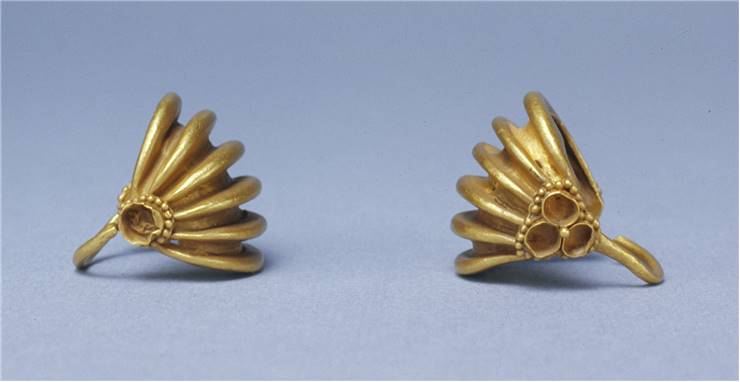Development of Jewelry in Mesopotamia
Mesopotamia, so called "birthplace of human civilization", was one of the first places on earth where rise of the technology, religion, science and knowledge enabled our race to exit prehistoric times and enter into modern era. With the spreading of technology and rise of nobility and royalty, human need to express themselves and showcase status, power and religious affiliation gave birth to the sprawling and advancing tradition of jewel making. Located around the riverbeds of Tigris and Euphrates, Mesopotamian culture first started focusing on jewelry around 4000 years ago, initially in cities of Sumer and Akkad where this craft received much attention.
Because of their immense wealth, jewel use of Mesopotamia was not confined only to nobility, royalty and religious leaders as was the case in similar civilizations of that time (most notably Egypt). Instead, entire population accepted decorative items and jewels into their daily routine and everyone wore at least something decorative with themselves all the time. Some of the most popular decorative items that were worn by both men and females were ankle bracelets, silver hair rings, gold earrings, hair ribbons made from thin gold leaves, elaborate hair beads, medallion pendants, signet rings, amulets and cylinder seals.

Jewelry production was not only confined to the central regions of Mesopotamia, but was spread across all the territories of that ancient kingdom - from Assyria to the Babylonian cities of Nineveh, Ur and Sumer. Because many of the precious metals and gemstones could not be found in Mesopotamia (such as electrum, jasper, onyx, lapis lazuli, sardonyx, agate and silver), they imported them from Anatolia, Egypt and Persia (modern day Iran and Afghanistan). Some of the more rare raw materials such as lapis lazuli, ivory, carved carnelian beads and exotic hardwoods were imported from 1500 miles distant Indus Valley in India.
Their jewelry had many motifs. Most notably they used leaves, branches, twigs, grapes, cones, spiral objects that were imprinted into the jewelry by the means of engraving, granulation, filigree and many other techniques. One of the most popular decorative objects was the large cylinder seal (made from jasper, serpentine, chalcedony or soapstone) which was engraved with scenes from their past, mythology and cuneiform text, and was sometimes used as a mark or seal for shipments of merchandize.
Large quantity of Mesopotamian jewelry is still preserved today because of their tradition of burying and carrying jewelry into afterlife.
